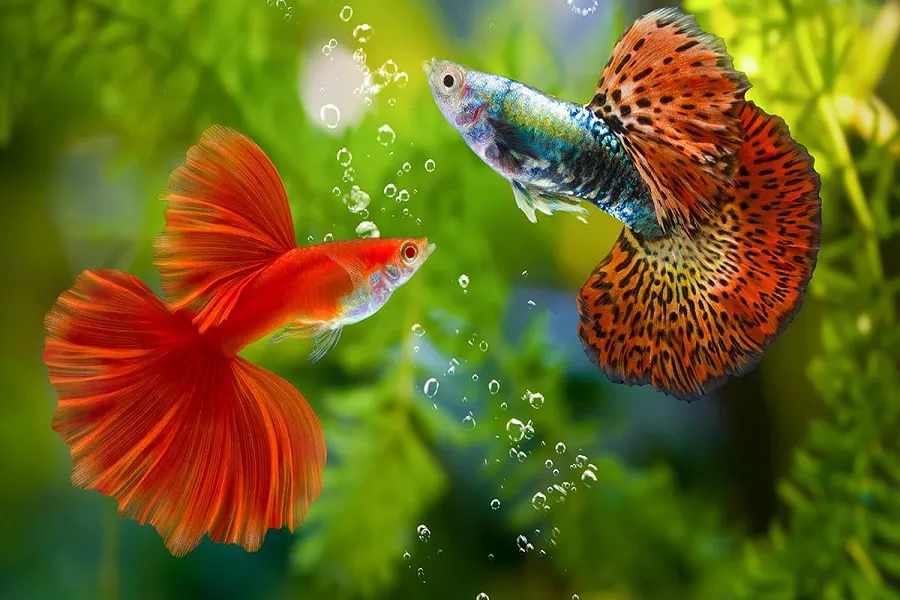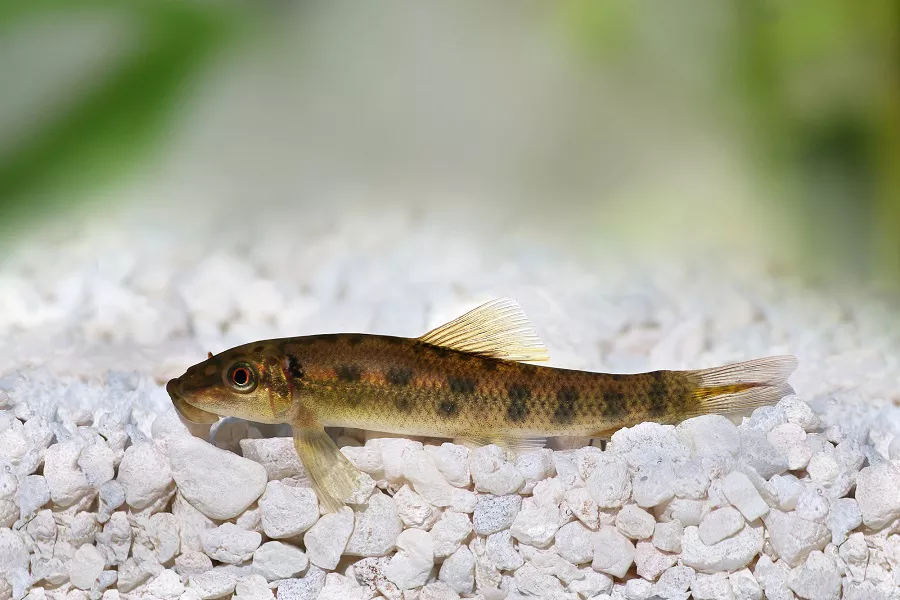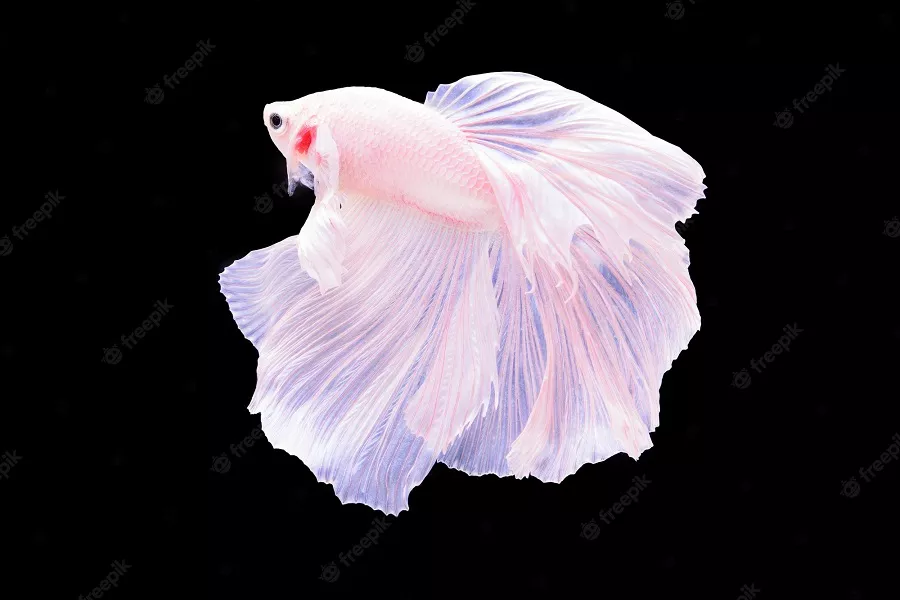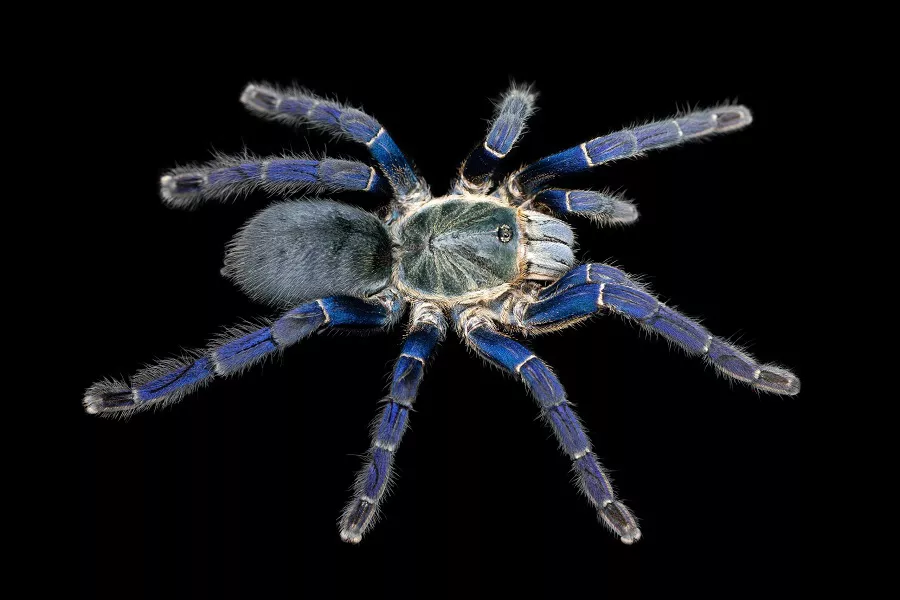What is guppy?
The rainbow medaka is a brightly colored viviparous freshwater fish of the Viviparidae family. Ordinary domestic ornamental fish, adaptable, durable, easy to raise and prolific. Males are more brightly colored than females, about 4 cm (1.5 inches) long; females are slightly larger and duller in color. A number of brilliantly coloured strains have been bred, characterized by colour or pattern, as well as the shape and size of the caudal and dorsal fins.
What does guppy look like?
The small ornamental fish, the rainbow killifish, is a killifish belonging to the Killiformes family, and is commonly known as Guppy, millions and so on in English. The body is slender, slightly wedge-shaped at the front and flattened at the back. The male fish is 4-5 cm long, and its tail handle and caudal fin account for about 2/3 of the body length; the female fish is up to 7 cm long, and its tail handle and caudal fin account for more than 1/2 of the body. The abdomen of the female fish is enlarged and rounded. The head is large and the snout is short. Eyes large, lateral; interocular area and snout fairly straight. Mouth small, obliquely cleft, inferior; mouth cleft far below the front edge of the eye. Body coat has large round scales; tandem scales 26-28; dorsal anterior scales 11-13. Male dorsal fin rays are often elongated, while females are small and round, with 7-8 dorsal fin soft rays; the 3rd, 4th, and 5th rays of the male anal fin are specialized to form an elongated junction, which is only slightly longer than the pelvic fin. Long, the anal fin of the female is a normal fan shape, the starting point is slightly before the starting point of the dorsal fin, the number of fin rays is 8-9; the number of pectoral fin rays is 13-14; the pelvic fin is ventral, the number of fin rays is 5; the male caudal fin shape varies greatly , varies with the strain; the caudal fins of females are mostly oblong. The male fish is yellow-brown, with golden luster, and the body color varies greatly, often with bright orange, blue-green and other color markings. The body color of the female fish is relatively monotonous, very similar to the mosquito fish, mostly single silver-gray, and translucent. Although there are some patterns on the caudal fin, they are not as bright as the male fish. The fins of the female fish are shorter than those of the male fish, and the body length is about twice that of the male fish.
guppy living habits
Not all medakas can live quite well under all water conditions. Its temperature tolerance range is about 8°C to 35°C, and the most suitable temperature is between 22°C and 25°C. If it exceeds the temperature tolerance range of fish, it will immediately manifest in body functions, resulting in disease and even death. In terms of water hardness, medaka is most suitable for living in water with a slightly higher hardness, and it grows best in waters with a hardness between 7 and 12. In terms of pH of water, medaka likes to live in weakly alkaline waters with pH 7~8. If raised in an environment with too different water quality, the medaka’s physique will deteriorate, and it is very easy to get sick and even die.
The breeding of medaka in the aquarium began in 1862 and has a history of more than 100 years. In 1908, the medaka was first shipped to Europe, where it was raised in aquariums in Germany as an ornamental fish. It was introduced to mainland China in the late 1970s. In artificial rearing, due to the influence of external environmental factors and artificial selection of inbred hybrids, the genetic factors have mutated and many varieties with different colors and body shapes and great changes in tail shape have grown, making guppies more and more affected. people’s favor. Germany, Singapore, Taiwan, Japan and other places often hold rainbow medaka (guppy) competitions, attracting more and more guppy enthusiasts.
guppy feeding
The medaka has strong adaptability and reproductive ability, and is very suitable for family ornamental and economic breeding. Their reproductive speed is very fast. The female fish has a special structure and has the ability to store sperm for a short period of time. After mating once, it can produce two consecutive litters. Although the medaka is capable of mating at two to two and a half months old, the best time to mate is at four months of age. Mating of medakas when they are not mature enough may affect their normal growth and the quality of their offspring. Too young females are prone to die due to dystocia when they are not fully grown.
Reminder: For more knowledge about tiger fish, arowana, australian lungfish, please pay attention to: mtedr.com, to provide you with types of aquarium fish and fish care.


























